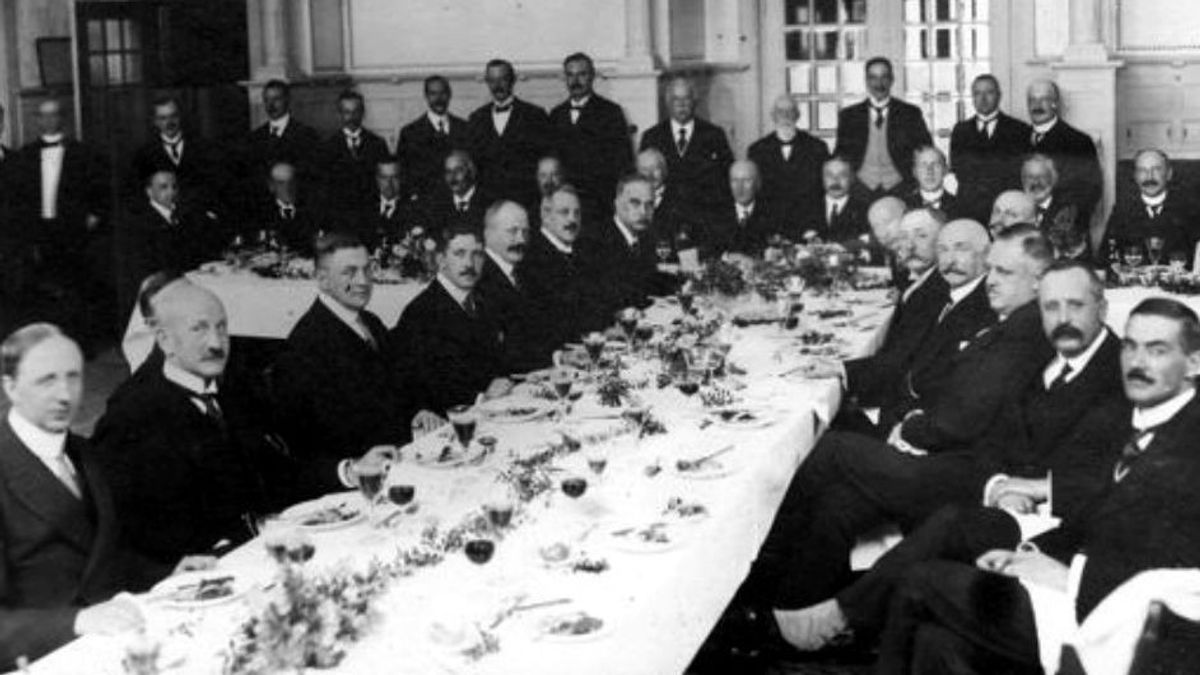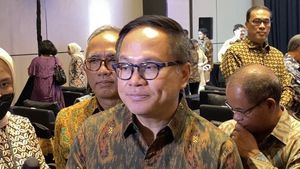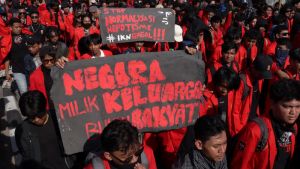JAKARTA - The Dutch colonial period in Indonesia was full of dynamics. The most unique is the behavior of the Dutch settlers in Batavia. If in their home country the Dutch are generally good at economizing, in the Colony this is not the case. The Dutch in the archipelago often lived a life of luxury. They love to show off, party, and feudal. This attitude grew through the attitude of the governor-generals who were known to be generous and like to party.
The term "radiant money" was closely related to the lifestyle of the governor-general in Batavia. The income of a governor general is presumably greater than that of the dignitaries in the Netherlands. This is none other than because not many people are willing to risk their lives to live away from their homeland. Moreover, with a climate that is not so friendly.
One of the most prominent is Petrus Albertus van der Parra (1761-1775). The 29th Governor General loves to be extravagant. Van der Parra also has many rest houses (Landhuis), in many places. Some of them are the Weltevreden Palace - now the Gatot Subroto Army Hospital, and the Cimanggis House.
Not only that. This very generous Governor-General often invited the Batavian officials to party at his house. This had been done since the beginning Van der Parra was appointed as the number one person in the colony.
"On 15 May 1761 Van der Parra was appointed by the Council of the Dutch East Indies as Governor General replacing Jacob Mossel. He celebrated his appointment with a grand ceremony. The day of his birth was later determined as a national feast day. And it turns out that he did this luxurious lifestyle to the point that the VOC went out of business, ”wrote Windoro Adi in the book Batavia 1740: Combing Betawi's Footprints (2010).
The governors-general's lavish feast
The governor-generals' luxurious lifestyle has been recorded in the travel records of people who have traveled to the archipelago. Those who visited the Dutch East Indies to explore the beauty of tourism were always welcomed by the Company. In fact, the governor-generals often invited travelers to join parties at his residence. For the governors-general, showing off the luxury in the style of the Dutch East Indies was a way of getting guests to other travelers to come to the Indies. Like a promotion.
Of the many travelers who came to the Dutch East Indies, British writer Charles Walter Kinloch is one of them. It is said that Kinloch was the first traveler to write a book about his adventures in Java. The experience of exploring the archipelago in two months - June to July 1852 - was able to inspire travelers, adventurers and other European traders to visit the Equatorial Country.
The areas that Kinloch passed at that time included Batavia (Jakarta), Bogor, Bandung, Sumedang, Cirebon, Tegal, Banyumas, Purworejo, Magelang, and Semarang. Everything Kinloch told me so honestly. However, among the many interesting experiences of Kinloch in the Dutch East Indies, the moment he was invited to a dance party at the Bogor Palace by the Governor General of the Dutch East Indies, Albertus Jacobus Duymaer van Twist (1851-1856) is the most memorable.
Kinlock is excited. He was present on time to the Bogor Palace. There he was amazed by the hospitality of the Governor General. It was so special that Kinlock and his girlfriend sat at a table with the dignitaries in Batavia and the governor's wife.
“This dinner party, of course, is done in Dutch style which is actually a lot of small dishes, with their usual characteristic, sour and savory butter, followed by sweets, cotton candy, plum sugar. The wine, which is served in a wide variety, is delicious; but our British appetite prefers solid and nutritious English dishes, and we are afraid we are judging badly on the best dinner we can possibly encounter in Java, "stressed Kinlock in his famous travel notes Rambles in Java: Java Journey. (1853).
After dinner, Kinlock prefers to indulge in the charm of the music room for dance-dancing. For this reason, Kinlock acknowledged attending the party of the Dutch East Indies rulers as his best experience in the Indies. “We are very happy with our welcome at the Government Building. The governor and his wife paid a lot of attention during the afternoon, and it seems like learning how they can make themselves very enjoyable for us, "he added.
Not only Kinlock. Dutch writer Justus van Maurik also feels the same impression. The difference is, Kinlock is invited to join a party at the Bogor Palace. Meanwhile, Justus received an invitation to the dance party at Societeit de Harmonie from the Governor General of the Dutch East Indies, Carel Herman Aart van der Wijck (1893-1899).

Then, Justus immediately visited Pasar Baru to shop. He adjusted his appearance in order to impress when he met the number one person in the Dutch East Indies. In more detail related to the new market, we once wrote it in the words "A Walk to Pasar Baru, Seeing the History of Commerce in the Past".
“In front of the palace, which was brightly lit, large and small carriages lowered their passengers before sliding into the parking lot behind. When we entered, the reception room was full of guests. The interior is illuminated by a gas lamp in the form of a crown and candles from hanging candles. The garden is filled with colorful lanterns. If the temperature was not so hot, we would feel like we were in a dance hall in Paris, with beautiful women dressed in brocade, satin, silk and sparkly jewelery, "said Justus in his writing Watching People Sentenced to Hang in the book" Ketoprak Jakarta "( 2001).
Justus added that he was even more impressed when it was his turn to shake hands directly with the Governor General. The impression of meeting Van der Wijck who was so friendly made the experience of partying with the Governor General one of his best times in the Dutch East Indies.
However, there is another big party that is remembered in the history of Dutch colonialism in Batavia, the party was organized by the Governor General, Pieter Mijer (1866-1872) in 1869. The party that was again held at Societeit de Harmonie was a celebration of Batavia's birthday. 250. In addition to the inauguration of the bronze statue of Batavia's founder, Jan Pieterszoon Coen at Waterlooplein (now: Lapangan Banteng), the revelry in Harmonie also lasted three days, day and night.
"A lot of goods for special purposes were intentionally imported from the Netherlands. In closing, a masked dance party (gekostumeerd) was held. The rooms in the Harmonie building are decorated with Venetian lamps, Persian rugs, luxury European furniture, wall cloths and garlands and tropical plants. Inside, there are 40 tables, each for 12 people. Meanwhile the garden is decorated with 6,000 lanterns. A super luxurious room, ”said Zaenudin HM in the book Edan Stories Around DJakarta Tempo Doeloe (2016).
The English, Chinese, Japanese, Arabic, and French versions are automatically generated by the AI. So there may still be inaccuracies in translating, please always see Indonesian as our main language. (system supported by DigitalSiber.id)









